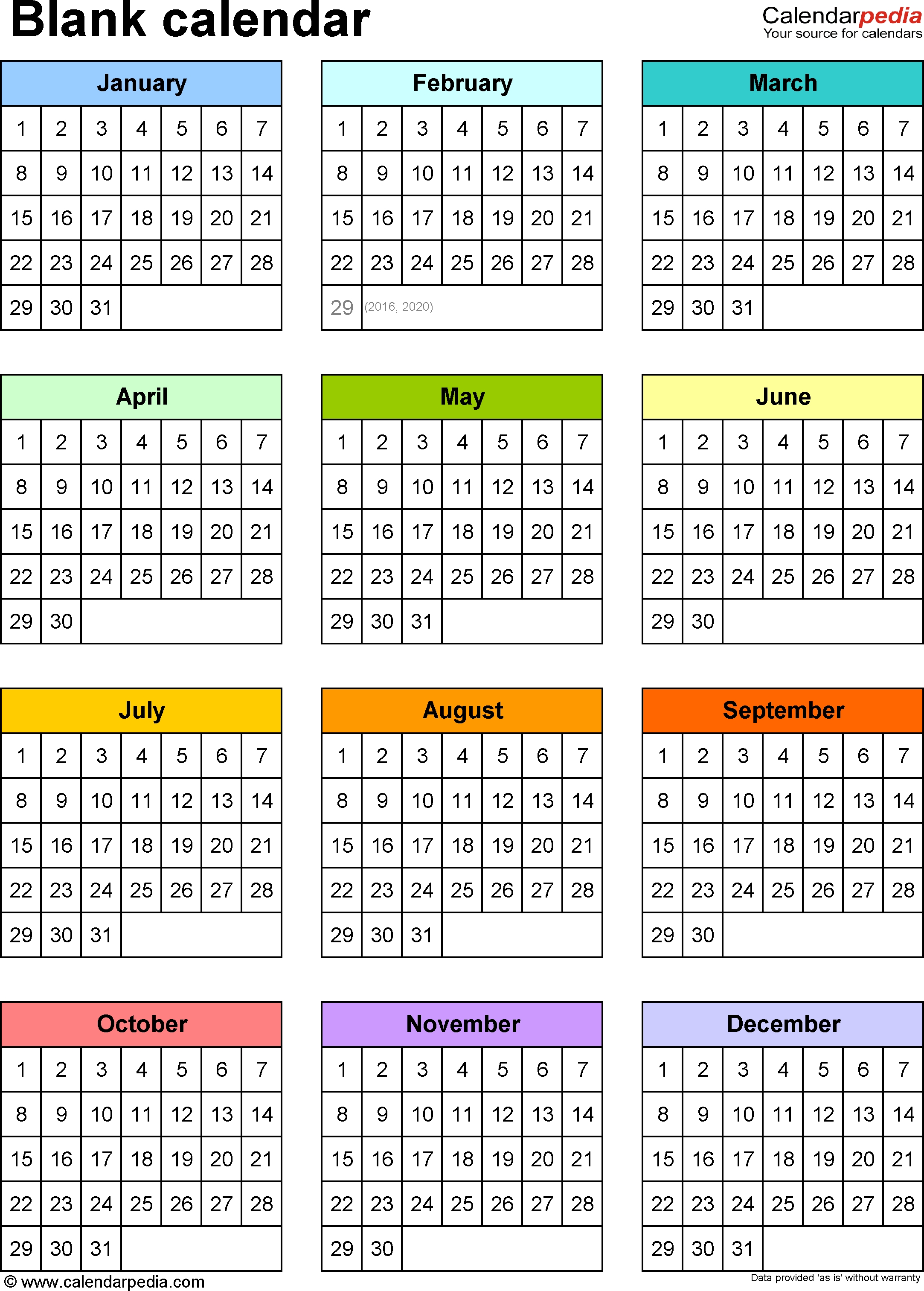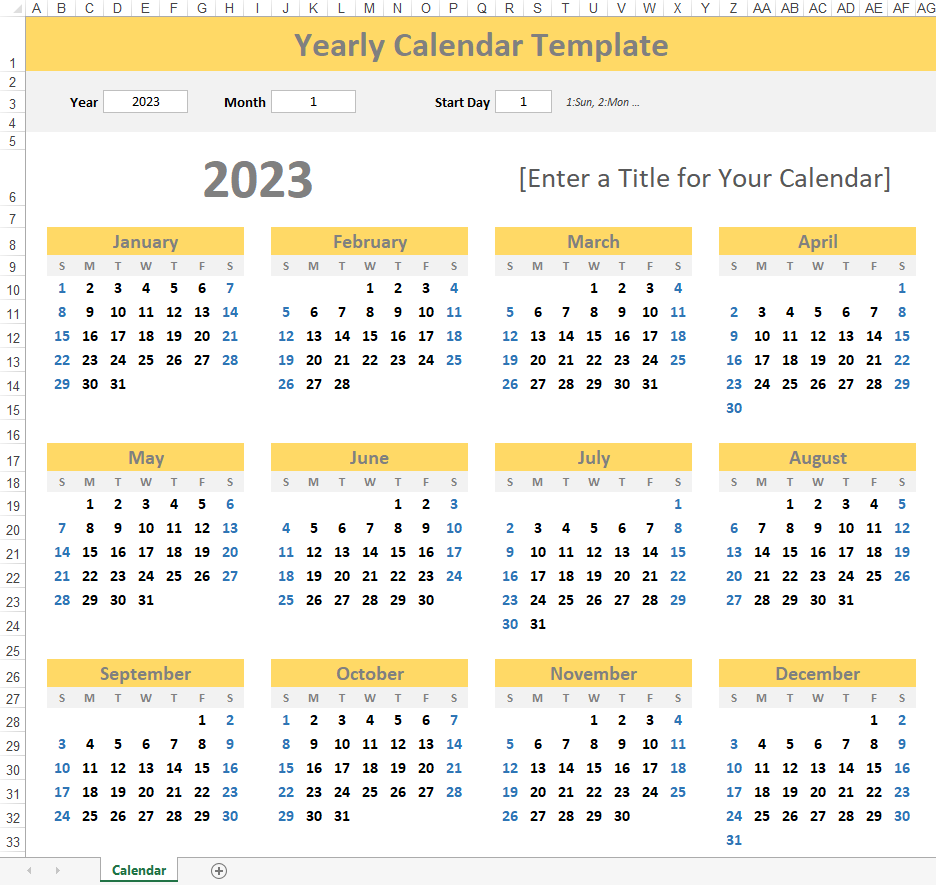The Calendar Yr at a Look: Navigating Time, Planning for Success
Associated Articles: The Calendar Yr at a Look: Navigating Time, Planning for Success
Introduction
On this auspicious event, we’re delighted to delve into the intriguing matter associated to The Calendar Yr at a Look: Navigating Time, Planning for Success. Let’s weave attention-grabbing data and provide recent views to the readers.
Desk of Content material
The Calendar Yr at a Look: Navigating Time, Planning for Success

The calendar 12 months, a seemingly easy assemble of 365 (or 366) days, holds immense significance in our lives. It buildings our private {and professional} endeavors, marking the passage of time and offering a framework for planning, goal-setting, and reflection. Understanding the calendar 12 months at a look – its construction, its inherent rhythms, and its impression on varied features of our lives – is essential for efficient time administration and reaching our aspirations.
This text delves into the intricacies of the calendar 12 months, exploring its historic context, its present construction, and its implications for private {and professional} life. We’ll look at how understanding the calendar 12 months can improve productiveness, enhance monetary administration, and facilitate higher general well-being.
The Gregorian Calendar: Our Present Framework
The calendar we predominantly use globally is the Gregorian calendar, a refinement of the Julian calendar launched by Pope Gregory XIII in 1582. Its key characteristic is the intercalary year system, which provides an additional day (February twenty ninth) to the 12 months each 4 years, apart from years divisible by 100 however not by 400. This adjustment compensates for the Earth’s barely irregular orbit across the solar, guaranteeing the calendar stays synchronized with the seasons over the long run. This seemingly small element has profound implications for agriculture, non secular observances, and numerous different features of societal group.
The Gregorian calendar is split into twelve months, every with a various variety of days. This uneven distribution, rooted in historic and astronomical components, can generally make planning and scheduling difficult. Understanding this unevenness is essential for efficient time administration, permitting for a extra life like evaluation of accessible time all year long.
Quarterly and Semiannual Views: Chunking Time for Effectivity
Whereas the whole calendar 12 months gives a broad perspective, breaking it down into smaller models considerably enhances planning and execution. Dividing the 12 months into quarters (January-March, April-June, July-September, October-December) or semesters (January-June, July-December) provides a extra manageable strategy. This chunking of time permits for:
-
Strategic Objective Setting: Setting quarterly or semiannual targets permits for extra targeted efforts and common progress checks. As a substitute of overwhelming oneself with a year-long plan, smaller, achievable targets present a way of accomplishment and motivation.
-
Undertaking Administration: Giant initiatives might be damaged down into smaller, manageable duties aligned with quarterly or semiannual deadlines. This phased strategy minimizes stress and improves the chance of profitable completion.
-
Monetary Planning: Companies and people can observe monetary efficiency, price range successfully, and plan for future bills by analyzing efficiency on a quarterly or semiannual foundation.
-
Efficiency Critiques: Many organizations conduct efficiency opinions on a quarterly or semiannual foundation, offering staff with common suggestions and alternatives for enchancment.
Month-to-month and Weekly Views: Grounding within the Current
Whereas quarterly and semiannual views provide a strategic overview, month-to-month and weekly planning present the required granular element for efficient day-to-day administration. Month-to-month calendars permit for scheduling appointments, conferences, and deadlines, whereas weekly planners allow detailed process administration and prioritization.
Efficient month-to-month and weekly planning entails:
-
Prioritization: Figuring out essentially the most essential duties and allocating enough time for his or her completion.
-
Time Blocking: Scheduling particular time slots for explicit actions, minimizing distractions and maximizing productiveness.
-
Flexibility: Constructing in buffer time to account for surprising occasions and delays.
-
Common Overview: Reviewing weekly and month-to-month plans to make sure alignment with general targets and making mandatory changes.
The Impression of the Calendar Yr on Numerous Elements of Life:
The calendar 12 months considerably influences varied features of our lives:
-
Private Finance: Annual tax submitting deadlines, budgeting for vacation bills, and planning for main purchases are all tied to the calendar 12 months. Understanding the 12 months’s rhythm permits for higher monetary administration.
-
Schooling: Educational years, faculty breaks, and examination schedules are structured across the calendar 12 months, impacting college students’ studying experiences and fogeys’ schedules.
-
Enterprise: Fiscal years, reporting intervals, and strategic planning cycles are sometimes aligned with the calendar 12 months, influencing enterprise operations and decision-making.
-
Healthcare: Annual check-ups, insurance coverage renewals, and health-related initiatives are sometimes scheduled across the calendar 12 months.
-
Social Life: Holidays, social occasions, and household gatherings are regularly tied to particular dates throughout the calendar 12 months, shaping our social interactions and experiences.
Past the Gregorian Calendar: Cultural and Spiritual Significance
Whereas the Gregorian calendar is globally dominant, quite a few different calendar methods exist, reflecting numerous cultural and non secular traditions. Understanding these variations is essential for fostering cross-cultural communication and appreciating the richness of human expertise. Totally different cultures have fun vital occasions and holidays in line with their distinctive calendars, highlighting the various methods societies construction their time and mark vital milestones.
Using Expertise for Calendar Administration:
Trendy expertise provides a plethora of instruments for managing the calendar 12 months successfully. Digital calendars, scheduling apps, and undertaking administration software program facilitate planning, collaboration, and process administration. These instruments permit for seamless integration of private {and professional} commitments, enhancing productiveness and lowering the chance of missed deadlines or conflicting appointments.
Conclusion:
The calendar 12 months, regardless of its seemingly easy construction, performs a pivotal function in shaping our lives. By understanding its intricacies, breaking it down into manageable segments, and using applicable instruments, we will harness its energy to enhance our productiveness, obtain our targets, and stay extra fulfilling lives. Whether or not it is setting annual targets, planning quarterly initiatives, or managing each day duties, a well-organized strategy to the calendar 12 months is important for navigating the complexities of recent life and maximizing our potential. The secret is to discover a system that works greatest for you, permitting you to view the 12 months at a look whereas additionally specializing in the main points that matter most. This holistic strategy will result in a extra organized, productive, and in the end, extra profitable 12 months.








Closure
Thus, we hope this text has supplied precious insights into The Calendar Yr at a Look: Navigating Time, Planning for Success. We hope you discover this text informative and useful. See you in our subsequent article!